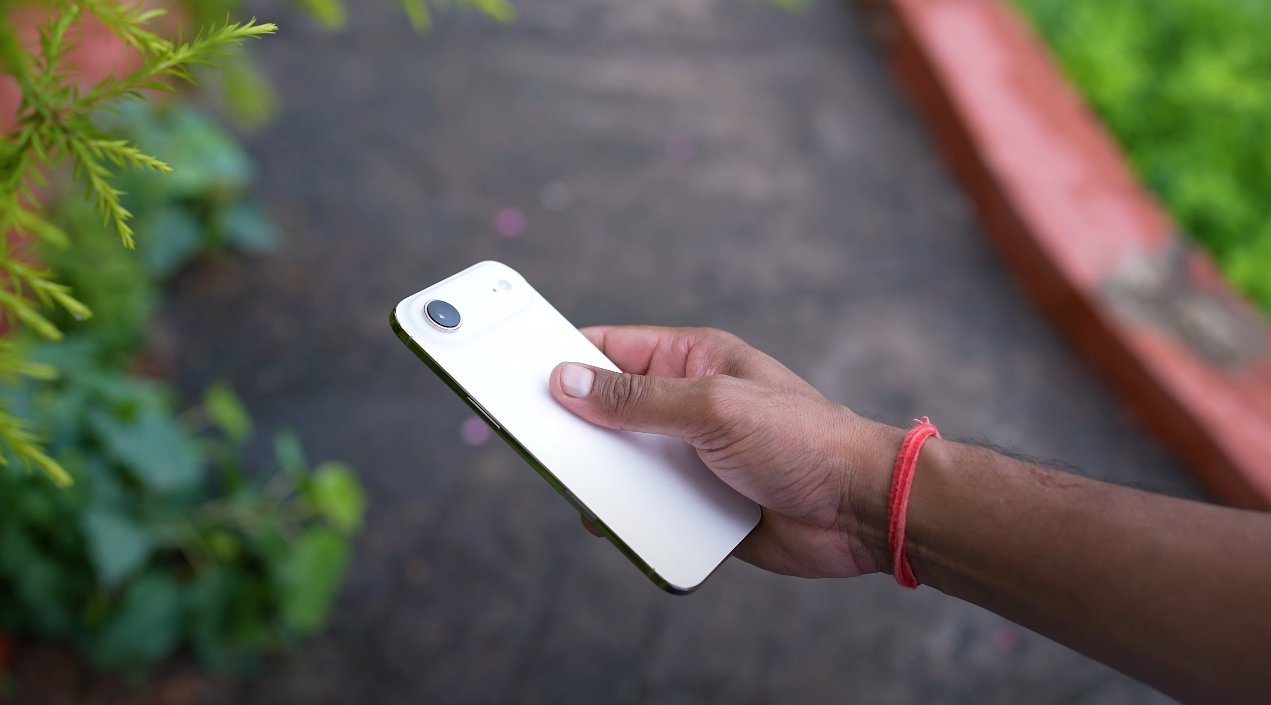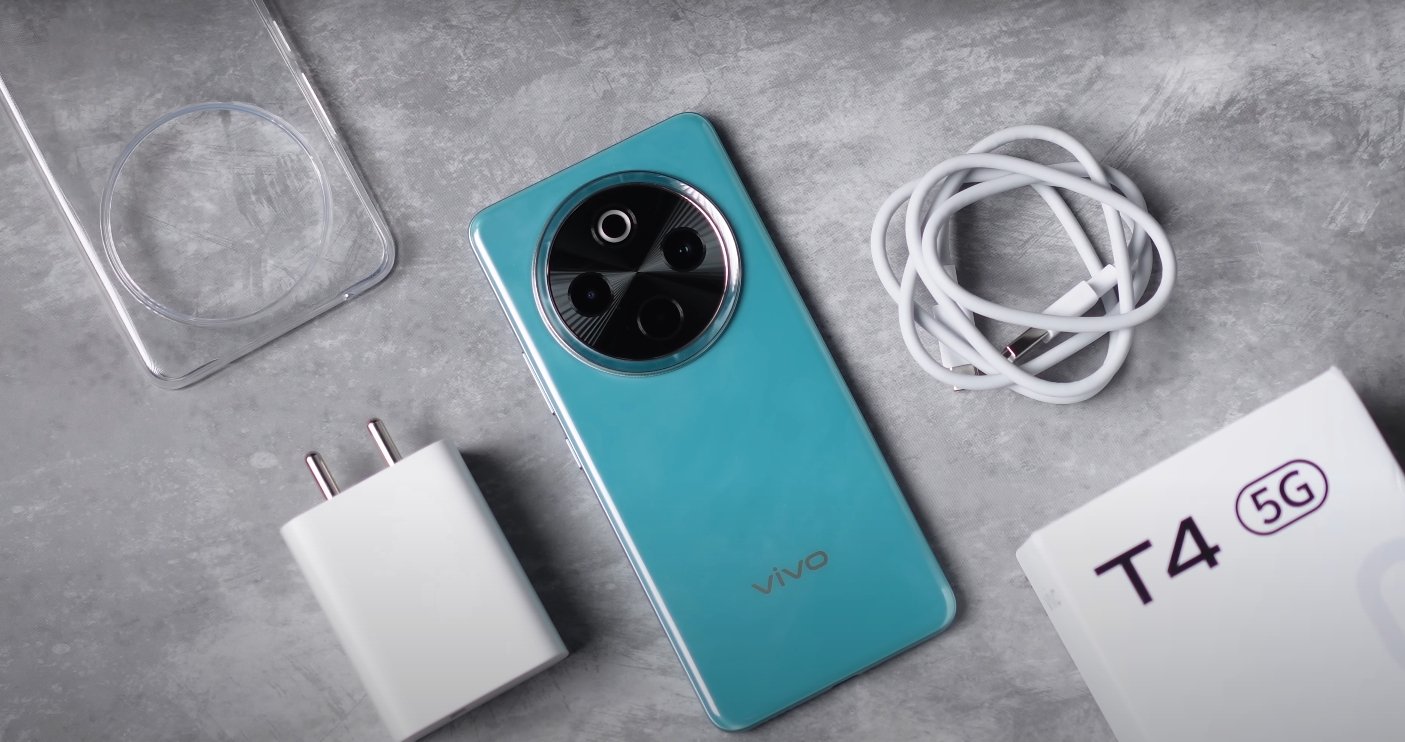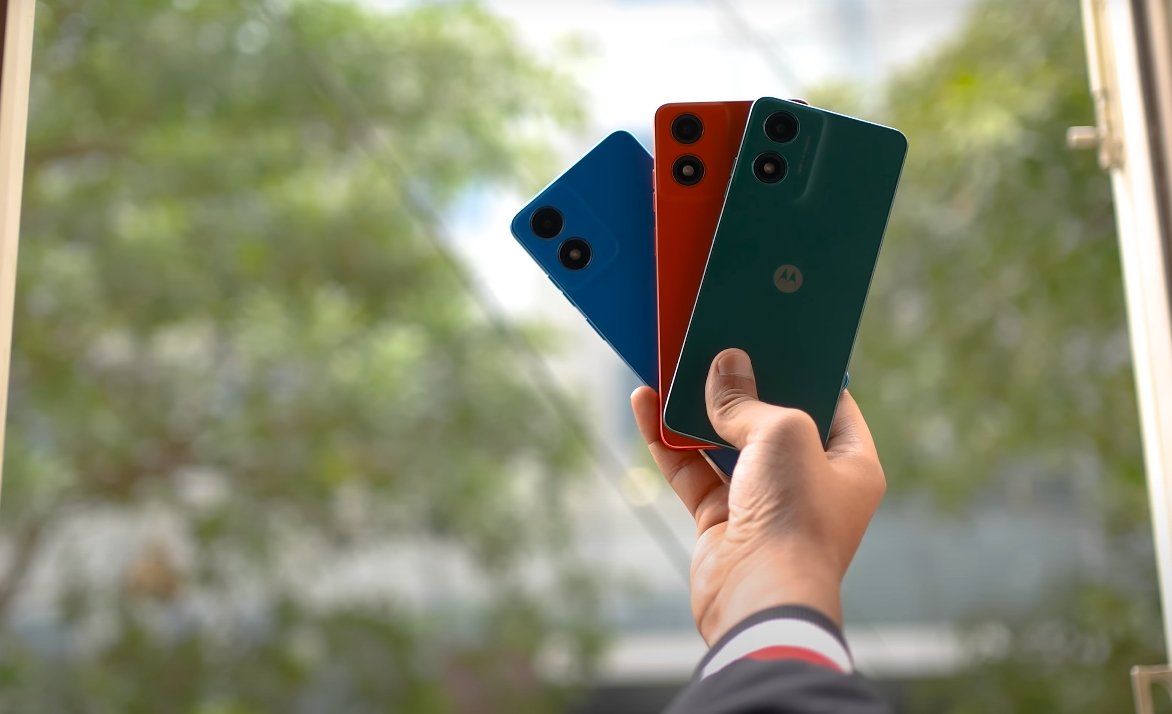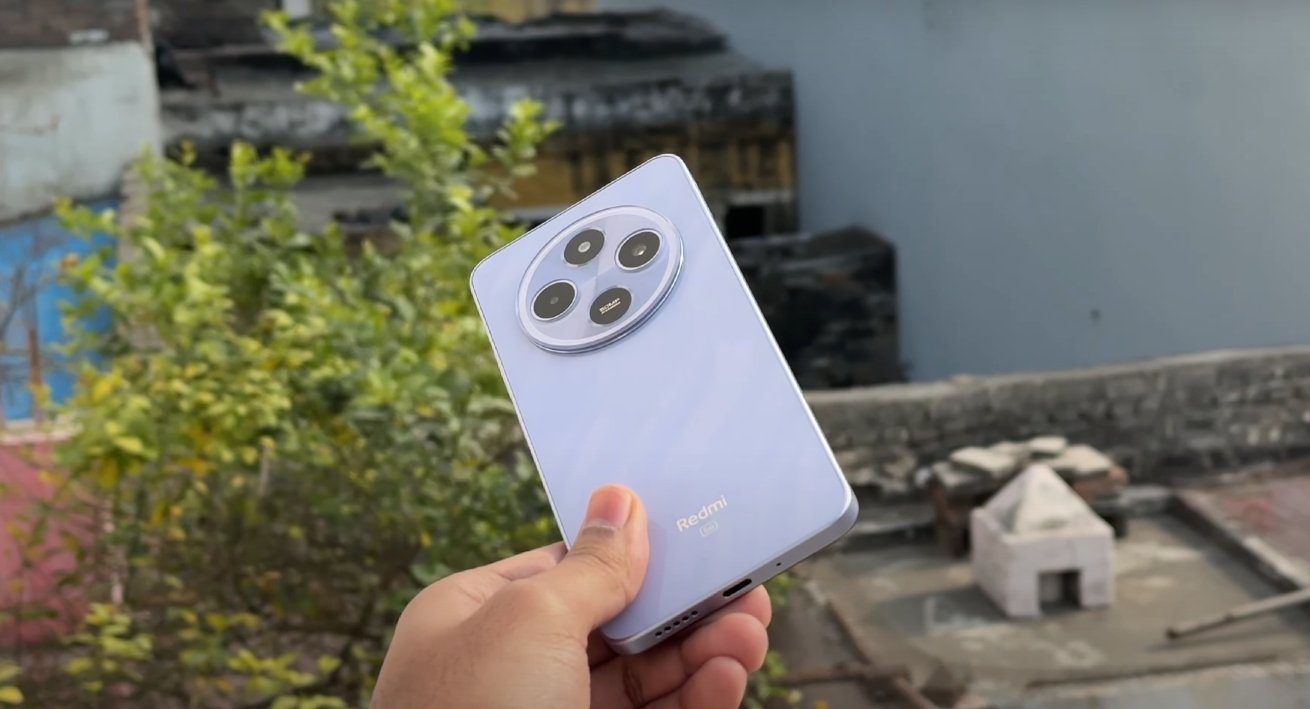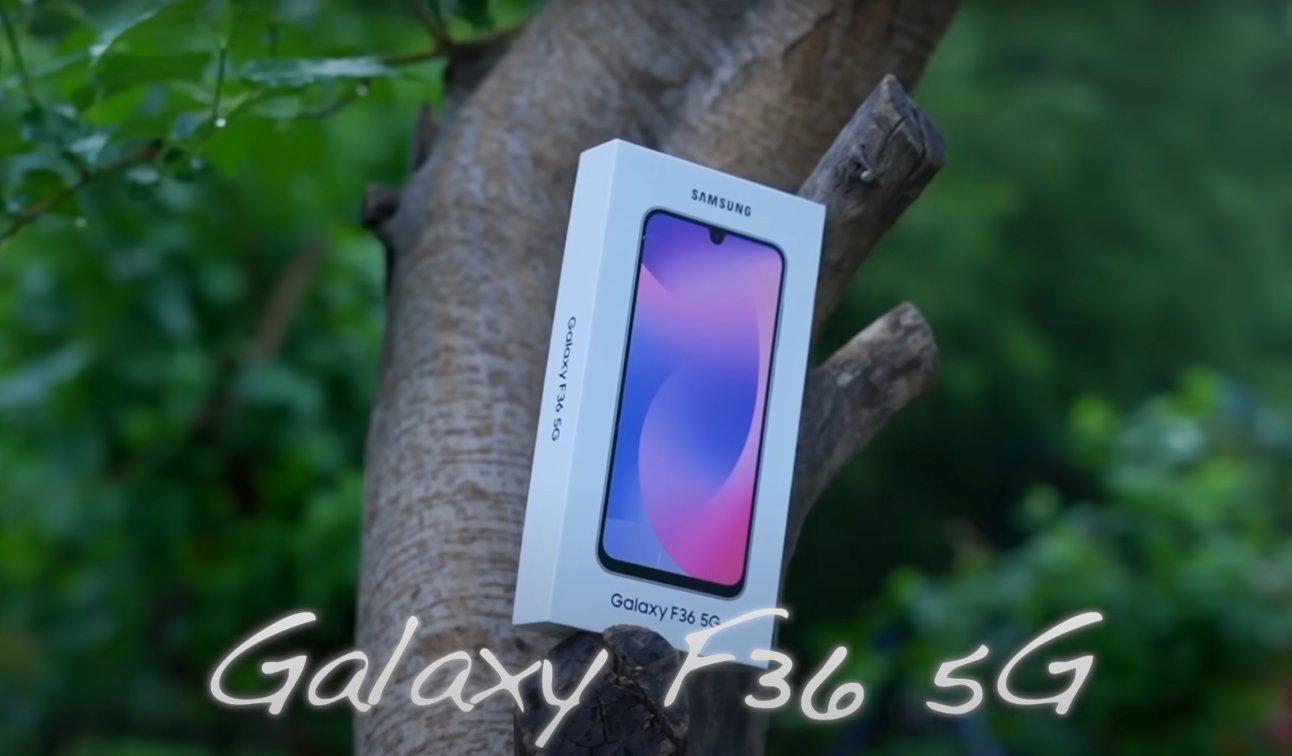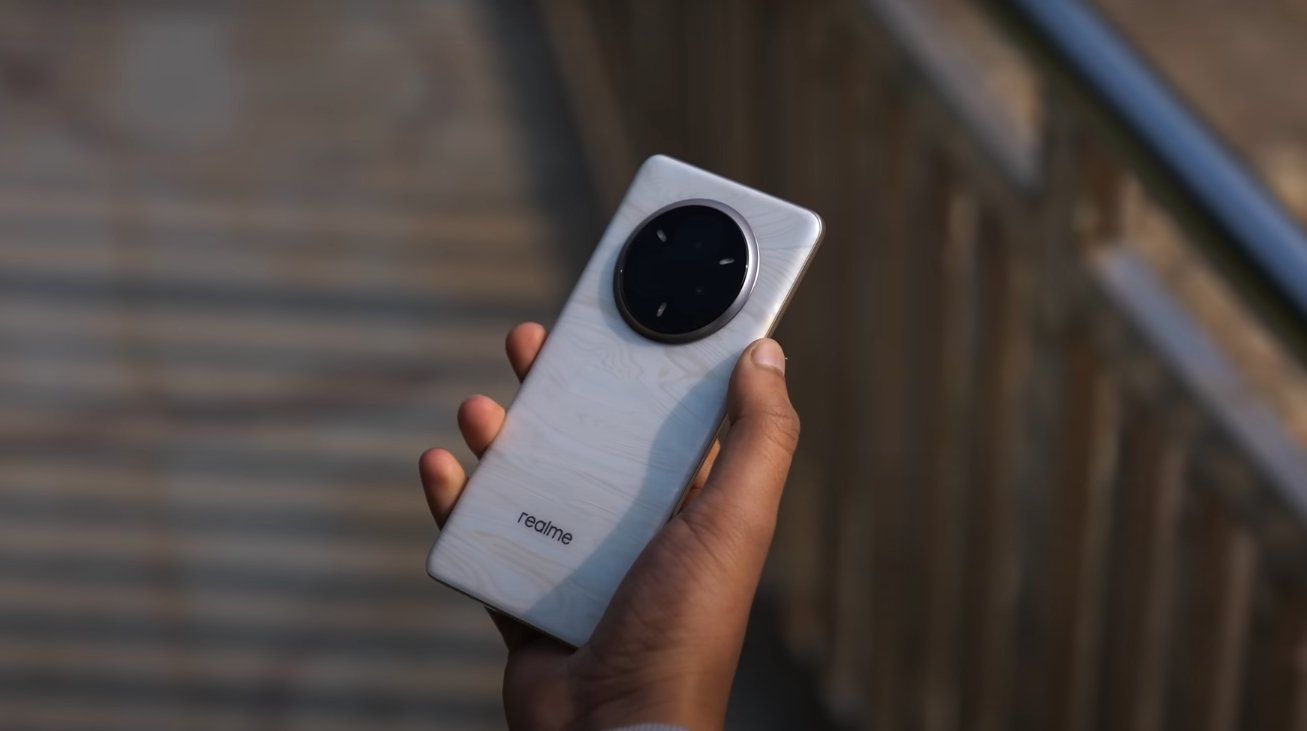Comparing Apple’s Slim Newcomer to a Proven Classic
Apple’s iPhone Air has entered the spotlight as one of the company’s most intriguing devices in years, promising a balance between premium design and powerful performance. Meanwhile, the iPhone 14 remains one of Apple’s most popular models thanks to its reliability and solid feature set. For U.S. buyers considering an upgrade, comparing these two models helps reveal how much has changed — and whether the iPhone Air justifies the leap forward.
The first major difference between the two phones lies in design. The iPhone Air introduces a dramatically thinner and lighter profile, measuring just around 5.6 millimeters thick. It uses a titanium alloy frame, which offers a blend of strength and luxury while maintaining minimal weight. The iPhone 14, by contrast, features an aluminum body with slightly thicker dimensions. The result is that the Air feels noticeably sleeker and more modern in the hand. Apple’s focus on portability means the new model fits easily into pockets and feels less bulky, appealing to users who prioritize comfort without sacrificing build quality.
Display performance marks another clear distinction. The iPhone Air boasts a 6.5-inch Super Retina XDR OLED display with ProMotion technology, providing a 120Hz refresh rate for ultra-smooth scrolling and vibrant visual clarity. Its higher brightness levels and dynamic contrast range give it a noticeable advantage when streaming videos, playing games, or browsing outdoors. The iPhone 14, with its 6.1-inch 60Hz OLED screen, still delivers impressive image quality, but it can’t match the fluidity or brilliance of the Air’s upgraded panel. For anyone who values display responsiveness and cinematic visuals, the Air delivers a next-generation experience.

Performance-wise, the iPhone Air takes a substantial leap. It runs on Apple’s A19 Pro chip, a clear advancement over the A15 Bionic that powers the iPhone 14. The newer processor improves power efficiency, graphics performance, and AI-driven tasks like photography and app optimization. Paired with up to 12GB of RAM, the Air easily handles demanding workloads and multitasking scenarios. The iPhone 14 remains fast and capable for everyday use, but power users, gamers, and creators will notice the Air’s superior responsiveness and future-proofing.
Camera systems highlight another major area of differentiation. The iPhone Air features a 48-megapixel primary wide-angle camera and an 18-megapixel front-facing lens, emphasizing sharpness and detail. The iPhone 14, on the other hand, uses a dual 12-megapixel system that includes both a wide and ultrawide lens. This gives it an edge in capturing expansive landscapes or group shots. The Air produces clearer, higher-resolution images but lacks the versatility of a secondary camera. In essence, the Air focuses on quality over flexibility, while the 14 continues to serve users who value multiple framing options.
Battery life and charging performance offer a more nuanced comparison. The iPhone Air’s ultra-thin design naturally limits battery capacity, but efficiency improvements in its processor help balance this trade-off. Users can expect a full day of typical use, though heavy gaming or 5G streaming may drain power faster than on the iPhone 14. Both models support fast charging and MagSafe wireless charging, ensuring convenience for on-the-go users. However, the Air’s faster charging cycle and lighter build make it slightly more convenient for frequent travelers or professionals.
Also Read: Apple iPhone Air vs iPhone 15 which is better
Connectivity and additional features further showcase the Air’s modernization. It supports the latest Wi-Fi 7 and Bluetooth 6 standards, ensuring faster data transfer and more stable wireless connections. Apple has also fully transitioned the Air to eSIM-only functionality in the U.S., eliminating the physical SIM tray entirely. The iPhone 14, while still modern, offers dual SIM flexibility and slightly broader compatibility with older network infrastructure. For users comfortable with Apple’s digital-first approach, the Air’s setup represents the future of mobile connectivity.
Ultimately, choosing between the iPhone Air and the iPhone 14 comes down to priorities. The Air is built for those who value cutting-edge design, smoother performance, and an immersive display — it’s Apple’s bold step into the next era of minimalist flagship phones. The iPhone 14 remains a dependable, well-rounded device with strong battery life and a versatile camera system. For most users, the Air represents progress, but the iPhone 14 continues to stand as a reliable, cost-effective choice that still delivers premium Apple quality. Both embody Apple’s commitment to craftsmanship, but the iPhone Air sets a new standard for how sleek and powerful a smartphone can be.
